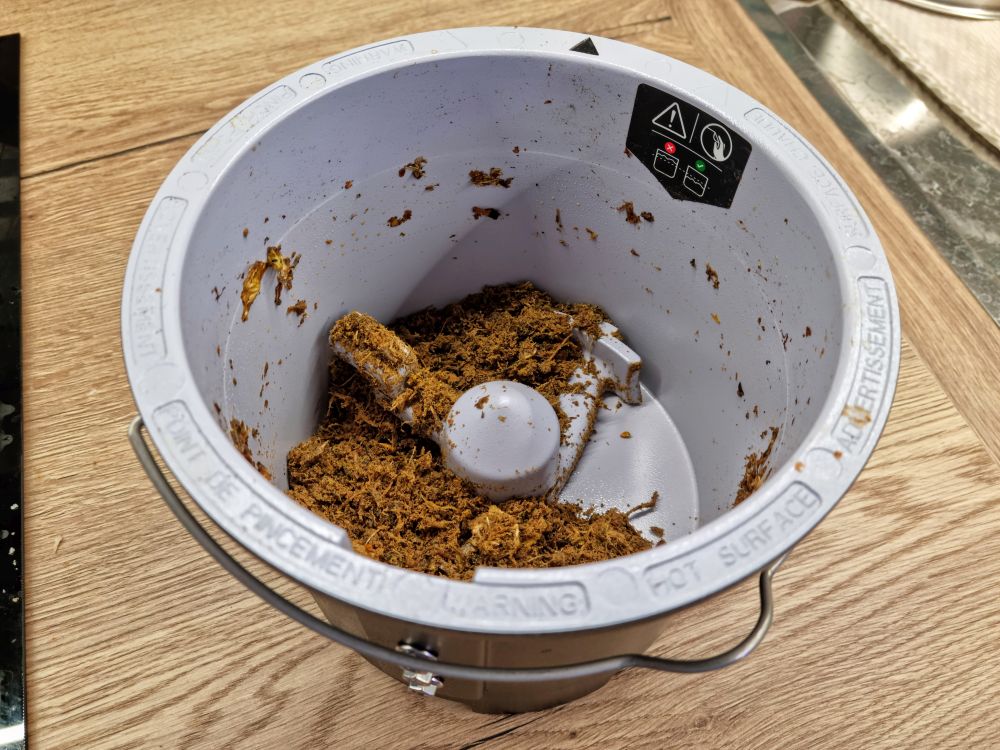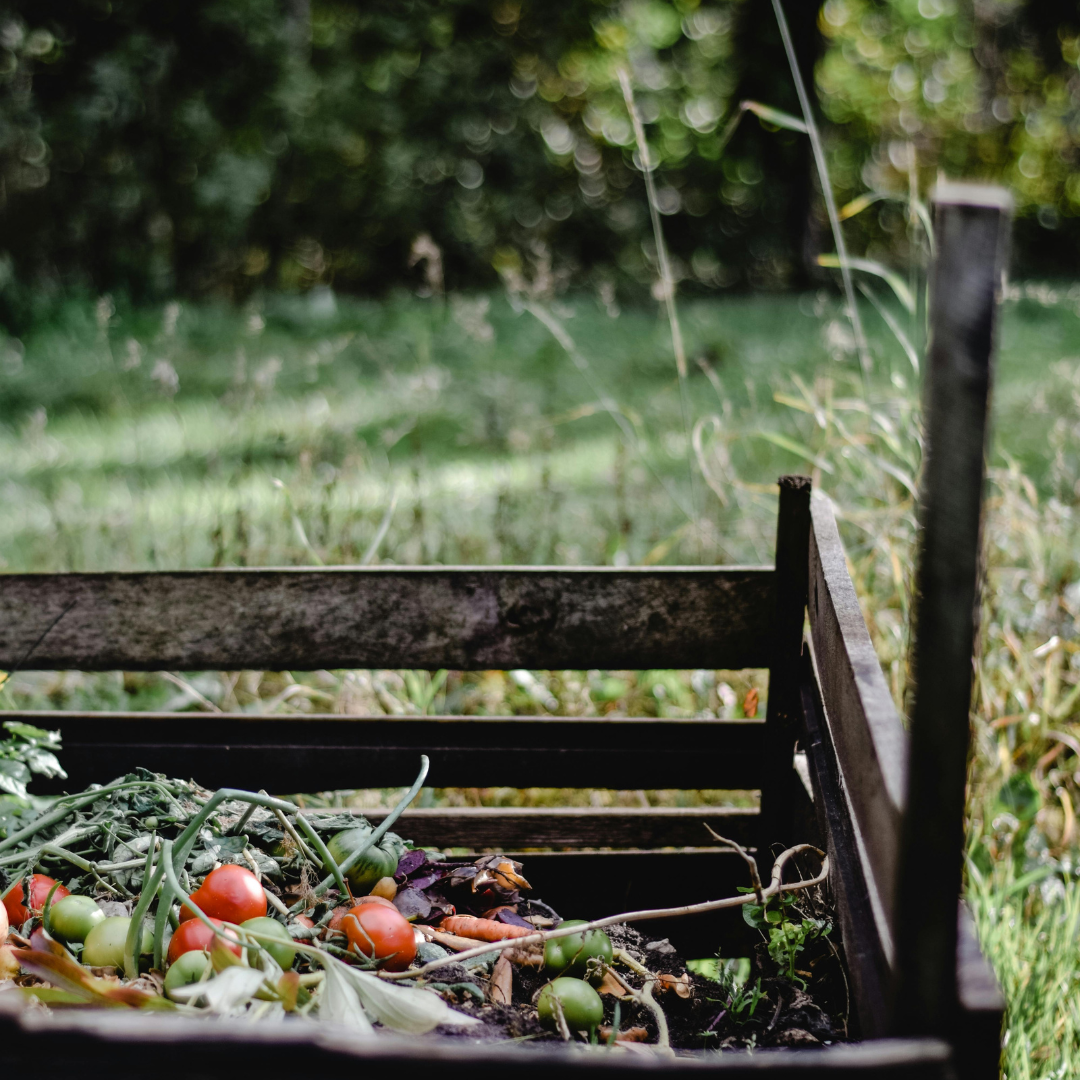We tried it: SAGE electric home composter
2023. 08. 29.

Many people live in apartments that do not have a garden and cannot solve the composting of kitchen green waste in any way, the same is the case with us. It has been standard practice for many, many years to collect garbage selectively and throw it in the selective collector of the apartment building, but what should we do with the peels of vegetables and fruits or the leftover food? Thrown in the "communal" trash can, sooner or later they become smelly, they drain, and it is impossible to reuse them, like other garbage. I liked SAGE electric composter because it doesn't actually make compost, but a raw material with a high nutrient content, which I can use magnificently in balcony boxes or indoor plants when mixed with soil.
How this home composter works?
The device is not particularly large (36x28x32 cm), yet it can hold a two-liter tank. I put the kitchen waste I want to process into the container (about what is allowed and what is not, later) and start the process with the push of a button.

During the cycle time of 4-6 hours, the machine first dries and then shreds the materials in the tank at very high temperatures. After that, it cools down, and the completely odorless, dry grind with a volume of up to 80% less is ready. Many people call this compost material "eco-chips", I could compare it to dry wood shavings.

The second picture shows the shredded, dried version of the raw waste shown in the first picture! The reduction in volume and the dry state are very spectacular.
What can be done with the waste processed by the composter?
The shredded and dried waste is mixed with soil and can be used after 2-4 months of rest. For example, I collect the final product in a large mason jar and when it is full, I take it down to the basement, where I mix it with soil in a lockable box.

And the mixture goes into the balcony box and the pots of the indoor plants. But if someone doesn't want to deal with this, they can give it to friends and family members or spread it in a community composter or throw it in the trash (even this use makes sense, since then the trash doesn't stink and the amount of garbage to be transported is also significantly smaller!)
What is this compost maker good for in practice??
First of all, if you have one in the kitchen, the amount of mixed garbage drops to a fraction, practically no waste that tends to ferment and rot goes into the mixed bin. (For example, since we have had such a composting machine, we only take out the mixed garbage every two weeks - the selective is already in a separate container and there is nothing smelly in the plain garbage!) And secondly, the compost material mixed with the soil is an excellent source of nutrients for both outdoor and indoor plants.
What kind of kitchen waste can we process with the composting device?
Leftovers of fish and poultry meat (without bones), fruits, vegetables, even with skin
Cereals and seeds, cheese, beans, seeds and legumes
Coffee grounds and paper tea bags
Egg and shell, pet food (without bone)
There are things that should not be put in the machine?
Under no circumstances should hard bones, sweets or chewing gum, cooking oil or fats enter the container. Hard seeds, nuts, and harder fruit and vegetable leaves (e.g. pineapple leaves) should be avoided.
Noisy? Is the power consumption high?
I feared both, and in the end neither came true. If there are very hard materials in it or too much waste is put into the composter's tank, you can occasionally hear the shaft getting stuck and then starting again. But even this is not such a sound that we would wake up in the next room. Its consumption per cycle is only 0.8kWh, which is a negligible amount even at current energy prices.
Tips and tricks that we discovered during use
1. The 2 liter tank can sometimes prove to be insufficient. What we did was buy a large mason jar and collect the waste to be processed in it while the machine was working. This was especially necessary during larger cooking, when the amount corresponding to 2-3 containers was collected. (The picture above shows that the dry "chips" are also collected in the same way.)
2. I didn't see it described anywhere, but the composter had a lot of trouble with the corn leaves. The fibrous leaf is difficult to tear even after drying, practically rolled up on the shaft. The solution is to cut the leaves in half or three before putting them in the machine.
3. The container can be washed in a dishwasher - I honestly haven't tried this yet. However, since the tank is always dry at the end of the cycle, it can be easily wiped clean. There was one time that something burned a little, but it also came off easily based on the instructions in the user manual - I put lemon peel in the container and started the machine with it.
Is it possible to make compost at home in an apartment?
So much so that now I can't even imagine it not being part of the kitchen. It doesn't take up much space and we use it almost every day. We throw away much less organic waste, and our plants are very grateful for the nutrient-rich soil!
In summary: we highly recommend the SAGE electric composting machine to everyone. Order the device today and within a few days you will see what a huge help it provides in the kitchen!
And if you have any questions about home composting or the device, feel free to write, our customer service will answer all inquiries!
Gábor
 Austria
Austria
 Belgium
Belgium
 Bulgaria
Bulgaria
 Croatia
Croatia
 Czech Republic
Czech Republic
 Denmark
Denmark
 Estonia
Estonia
 Finland
Finland
 France
France
 Germany
Germany
 Greece
Greece
 Hungary
Hungary
 Ireland
Ireland
 Italy
Italy
 Latvia
Latvia
 Lithuania
Lithuania
 Luxembourg
Luxembourg
 Netherlands
Netherlands
 Poland
Poland
 Portugal
Portugal
 Romania
Romania
 Slovakia
Slovakia
 Slovenia
Slovenia
 Spain
Spain
 Sweden
Sweden

